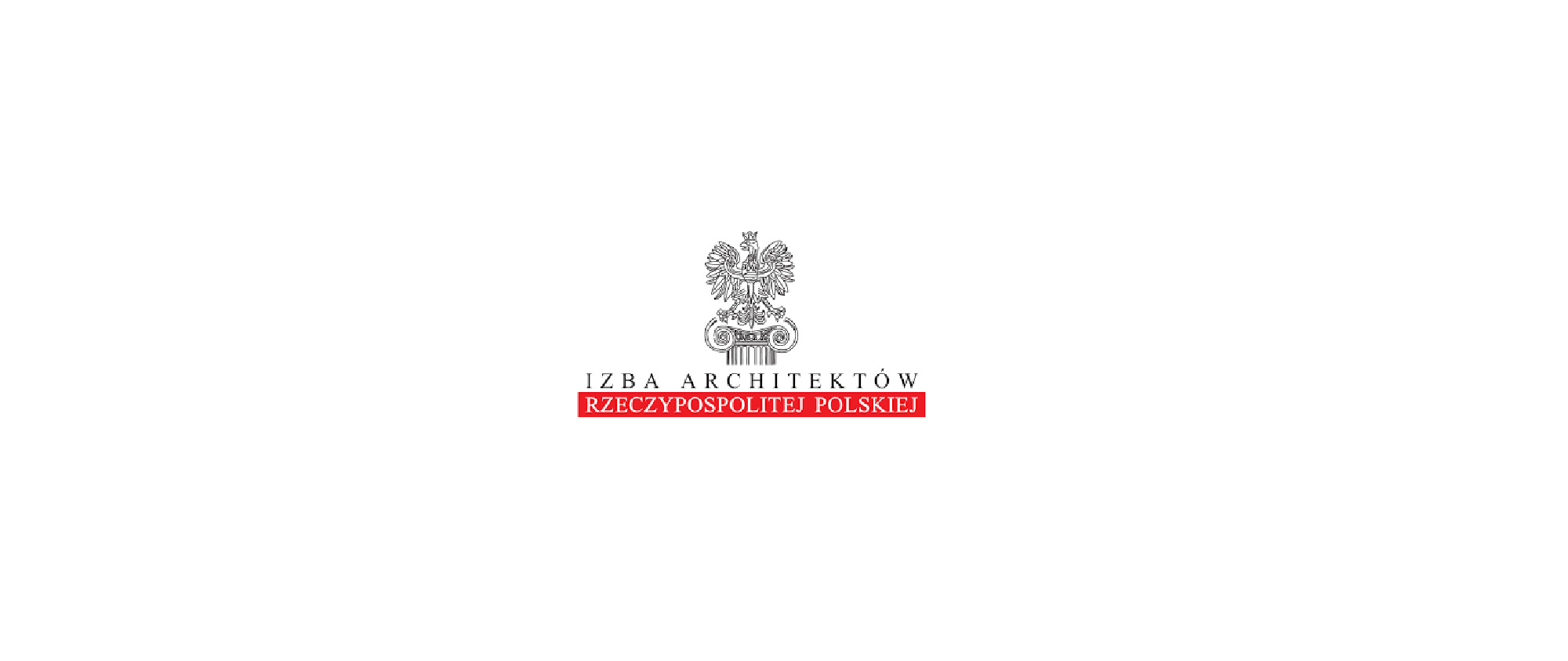The Polish Chamber of Architects (IARP) has existed since 2001. It has been established by a law which regulates two separate professional councils – of civil engineers and of architects. Membership is mandatory – without it, no architect can practice independently. The structure of the Chamber of Architects is simple – the National Chamber on the top of the hierarchy and its subordinate 16 District Chambers, which correspond to the administrative division of the country. There are 13 695 members of Chamber of Architects all around the country at the moment.
Interview with Piotr Fokczyński, Chairman of the National Council of the Polish Chamber of Architects IARP.
Easy Engineering: What are the main areas of activity of the organization?
Piotr Fokczyński: The Chamber’s overriding goal is to protect the urban space and architecture as a public good. The other main goals are to represent and to protect the professional interests of its members, to establish the rules of professional ethics and to supervise the proper practice of the architect’s profession and to grant and to withdraw the architectural qualifications; also, to give an opinion on draft legislation relating to architecture or construction.
E.E: What’s the news for 2023 about new direction?
P.F: This year we face new challenges, as we seek to adapt the Chamber’s structure to modern realities. After 20 years of operation, we are reviewing our most important documents, i.e. the statutes and the rules of professional conduct. Additionally, we are doing our best to establish a new self-governing law on the profession of architect. It means a long time process with the involvement of the Polish parliament, but the goal is indispensable to achieve – to separate the two very different professions of civil engineer and architect, now combined by one law.

COPYRIGHT — HANNA TOMASIEWICZ-ALEKSY
E.E: What can you tell about market trends?
P.F: Our profession is highly influenced by the economic forecasts in the construction industry, in the housing sector particularly. Market trends are unfortunately very worrying. 235 000 flats were built in 2021 in Poland – it was a record-breaking result. In 2022 and 2023 we have noted downward trends in contrary. In 2022, the decline in construction starts reached 22% and was caused mainly by the prices increase in the construction industry and the complete stagnation of the mortgage market as a result of relentlessly rising inflation.
The number of new residential facilities falling sharply, while, oddly enough, the public expectations are huge and estimated at around 1.5 million new flats. Unfortunately, despite the political declarations, the current government has not created any coherent housing program. In the same time, the very unclear situation with regard to obtaining the aid funds from the European Union makes the situation of Polish construction companies, which are heavily dependent on the public procurement sector, even worse.
The Chamber of Architects, as representatives of our profession with strong links to the process of creating new places to live, is ready to work with the government on this matter. We seek to have a real impact on new insights and on improvements in the current legislation areas and technical regulations.
E.E: What estimations do you have for the second half of 2023?
P.F: The estimates for the second half of 2023 will largely depend on the outcome of the elections to the Polish Parliament, the political situation in the country and the implementation of coherent housing program. However, we have to assume that 2023 and 2024, both will be very difficult years. So, while we cannot count on significant growth and bigger improvement in the housing market, we predict a noticeable trend towards modernizing existing buildings and reusing them. In the same time, we have to keep in mind that the current difficulties are temporary in fact and all issues will finally come to an end. That’s why we should spent the time to further reform


